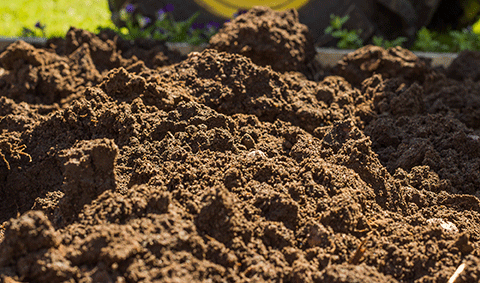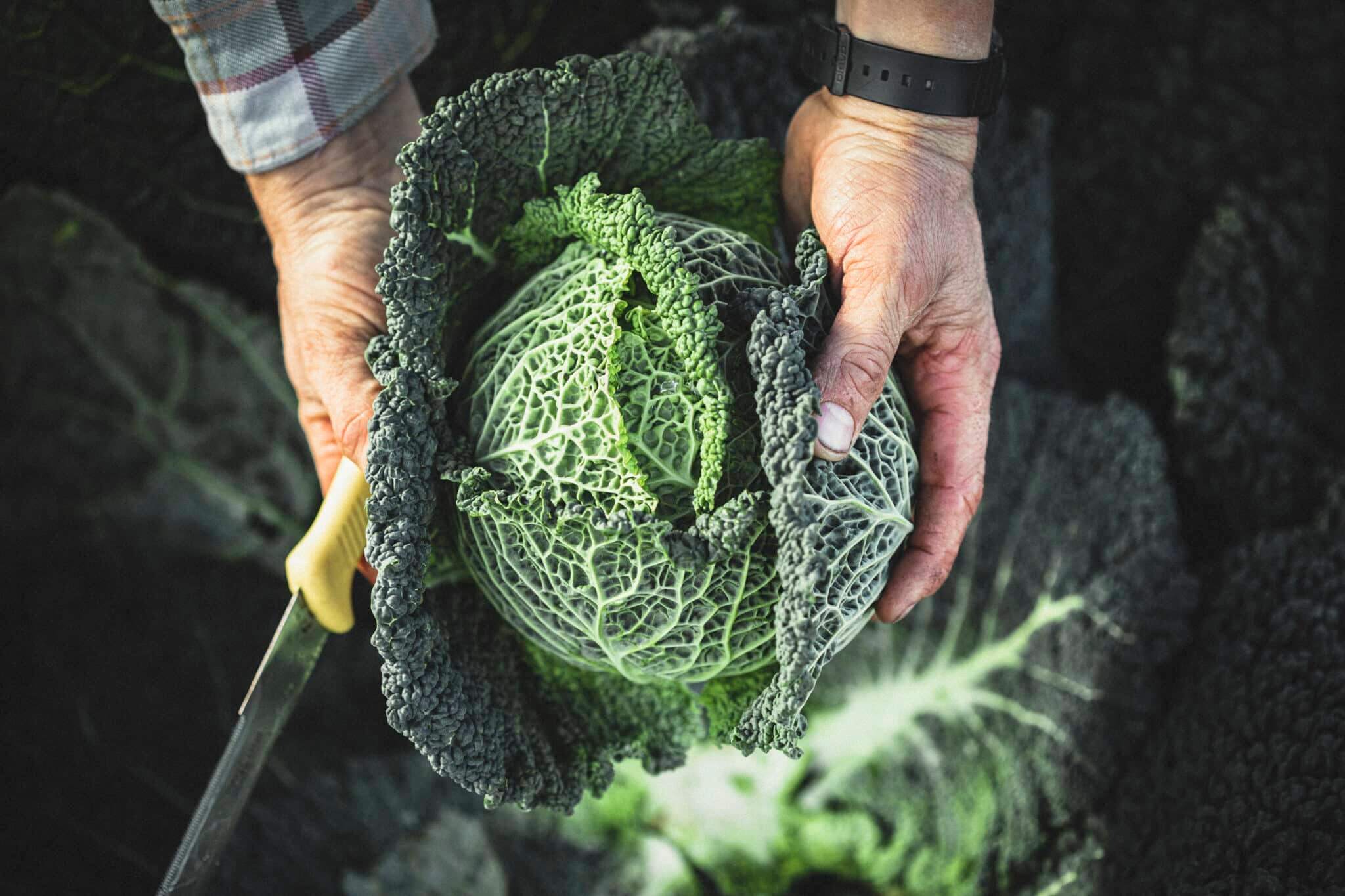Now is the time to celebrate the unsung hero of your growing patch. That brown stuff beneath your boots – so often taken for granted, and yet oh so precious. Yes, it’s World Soil Day this month.
So what should we be celebrating? A really good soil that holds air, water and nutrients. These three key elements support the millions of creatures that in turn support the plant root system, giving our flowers and veg the best possible conditions in which to thrive.

Here are three down-to-earth tips to keep your gorgeous organic soil healthy and resilient:
First, avoid digging. Putting a spade into the earth and turning it will disrupt a careful balance of microbes, bacteria, fungi and soil creatures – all interdependent, and all helping your plant roots access moisture and nutrients. It’s a complex web of life, which gardeners and researchers are still exploring. I like to think it reflects our gut biome, with its trillions of microbes all working hard to keep our bodies healthy.
Second, keep feeding the soil life with organic matter. It can be compost (which is high in nutrients) or rotted leafmould (low in nutrients but loved by earthworms and beetles). This acts as food which soil creatures can digest and breakdown, as well as helping your soil’s structure. It improves water retention in light sandy soils, but opens up pore spaces to improve the drainage on sticky clay soils. Think of your soil as being like a sponge – holding moisture, but also letting it drain.

Should I be feeding my soil now? Personally, I like to save my precious homemade compost for early Spring, getting the earth in good heart for the growing season ahead. So right now I’m spreading a top layer of low nutrient, rotted leafmould all over my beds. This acts as a comforting duvet to protect the precious soil life from harsh frosts and winter rains. And if you haven’t got leafmould, then straw or even freshly fallen leaves will do the job. You can scrape them away in Spring to allow the soil to warm up, before adding fresh nutrient-rich compost.
Finally, try to avoid too much bare soil. It’s hard to believe, but soil is quite vulnerable. If you expose it to too much rain it can damage the soil beneath the surface, as persistent wetting will wash precious nutrients down to lower levels in the soil beyond the root zone, where the plants can’t get at them. It’s called ‘leaching’ and is another reason not to put precious compost down now.
Savvy organic gardeners grow special plants called ‘green manures’ to cover and feed their soil at any time of the year. See my column earlier this year how to make green manure to help you plan your spring planting of these natural soil feeders.
I’ll be out, celebrating my wondrous soil this month. It’s time to give it thanks, and to plan that virtuous cycle of care and growth for the season ahead.
The Grow Your Own Wicked Leeks series is written by Garden Organic, the national charity for organic growing. Each month we bring you timely advice on what to do in your organic patch, whether you’re an experienced grower or just starting out. Share your own tips and gardening photos on social media under #GYOWickedLeeks.













0 Comments